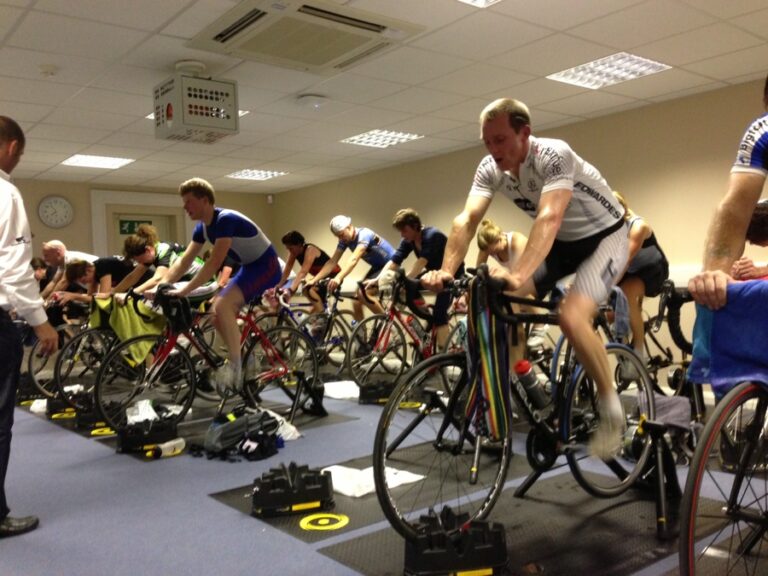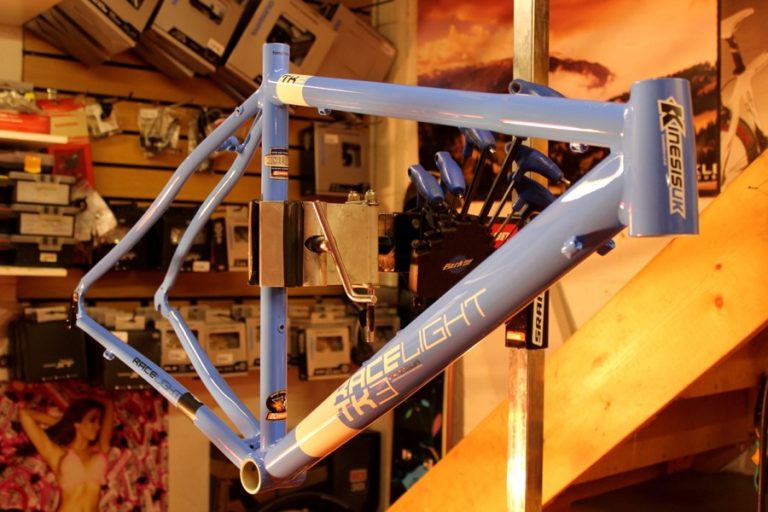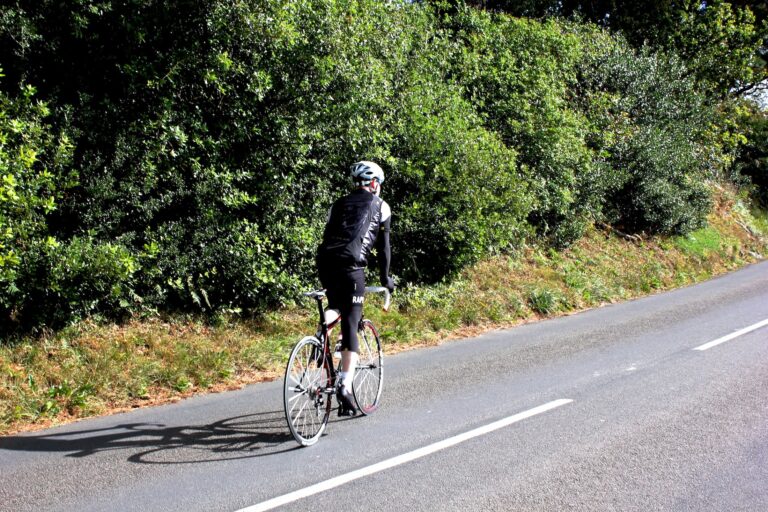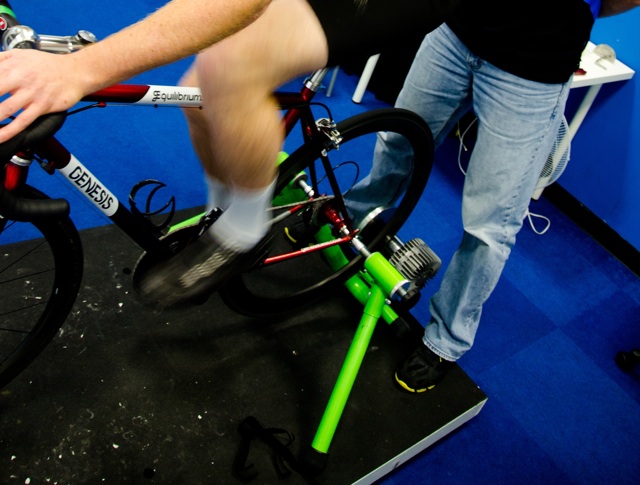Rollers are chosen in preference to turbo trainers by some riders for the greater level of fun and interest.
Learning how to make the most them can really add to your training repertoire. Let’s face it, anything that can get you on the bike more often or a little bit longer has got to be a good thing.
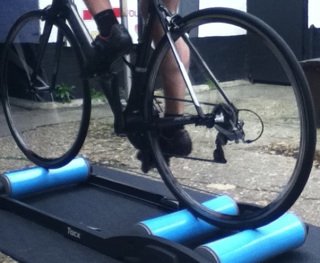 The balance element of riding rollers is the first thing to master. From a practical viewpoint, it is important to have something to lean on for when you start, stop or have a wobbly moment. Setting up your rollers alongside a countertop is ideal if you are allowed indoors, or alongside a wall works fine too if you are banished to the garage.
The balance element of riding rollers is the first thing to master. From a practical viewpoint, it is important to have something to lean on for when you start, stop or have a wobbly moment. Setting up your rollers alongside a countertop is ideal if you are allowed indoors, or alongside a wall works fine too if you are banished to the garage.
As you lean against your support, clip both feet in whilst sitting in the saddle with your wheels settled in the rollers.
Once you start to pedal it’s important to get going fairly quickly. The slower you go, the harder it will become to maintain your balance. Relax and grip the bars lightly with one hand and then with both as you let go of your support, focussing on keeping your front wheel in the centre of the roller. If your arms and upper body become rigid you will over-react to any turn of the bars and find it difficult to ride smoothly. The trick is to ‘soften’ your elbows and drop your shoulders to relax your upper body, focussing on a smooth circular pedalling action rather than pushing down on the pedals.
This practice can improve your riding position. It’s a better tool for developing cycle posture than a turbo trainer. It is easy on a turbo to straighten your arms and ‘shove’, a technique that can lead to you becoming rather unresponsive and undynamic out on the road. By contrast, roller training can improve your ability to relax and respond lightly and not suddenly to changes in road surface or direction, thereby improving your road skill as a result.
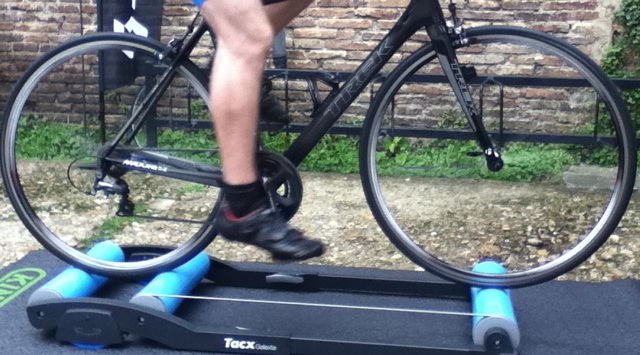
Because of the relatively light resistance, you should be able to work up through the gears quite quickly as you warm up, and probably will find yourself on your bigger chain ring at a steady endurance pace. This is a good place to start any session, just allowing yourself to relax into the rollers and the pedalling style they demand.
Then there are a number of drills you can try to make things more interesting. It is useful to break the time up into manageable chunks and change what you are doing frequently to make for a more skilful session. One simple technique is change your hand position frequently, going from tops, to drops, to hoods every 2 minutes. Repeat this three times and you will have already been training for 18 minutes. As you move from one position to another, stay relaxed, keep pedalling smoothly and let the bike find its centre. Every time you settle into the new position you can refocus on softening your elbows, dropping your shoulders, and lightening your grip on the bars.
Another simple drill to try is ‘spin ups’. Start at your comfortable pedalling pace and over the course of 2 minutes try to gradually wind up your cadence to the fastest that you can control towards the end of the 2 minutes interval. Then drop back and relax into your comfortable cadence for 2 minutes before repeating again. This drill will highlight your ability (or inability!) to co-ordinate the different parts of the pedal circle at higher speeds. As you speed up your cadence you will probably notice a point at which you begin to bounce and feel slightly out of control. Focus on pedalling smooth circles and transitioning across the top and bottom of your pedal stroke and you should be able to hold a smooth style at a faster pace. This drill may take a little practice to master so be patient and work with what you’ve got until you start to improve and you will soon be pedalling more smoothly. Four lots of these repeats and you have a further 16 minutes in the bank.
You can always include the more standard heart rate or power based intervals in your roller session, but I think it is always worth including at least one skill element on the rollers. After all, that is what they are best for so it makes sense to emphasise what they offer in your training session. If you find these suggestions difficult, or even are struggling to balance on the rollers, just try to persist. The harder you find it, the more benefits you will see in your road riding with progressive practice and training.


